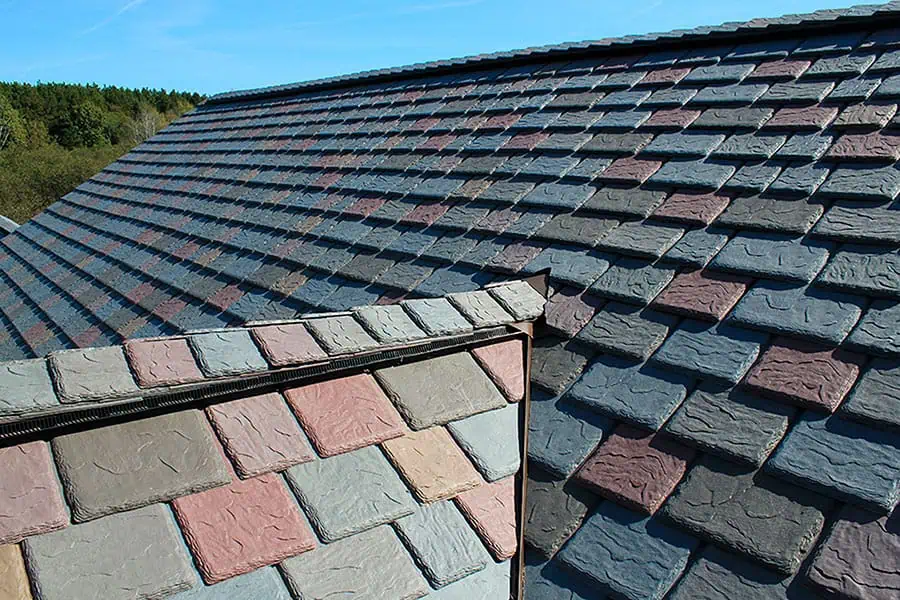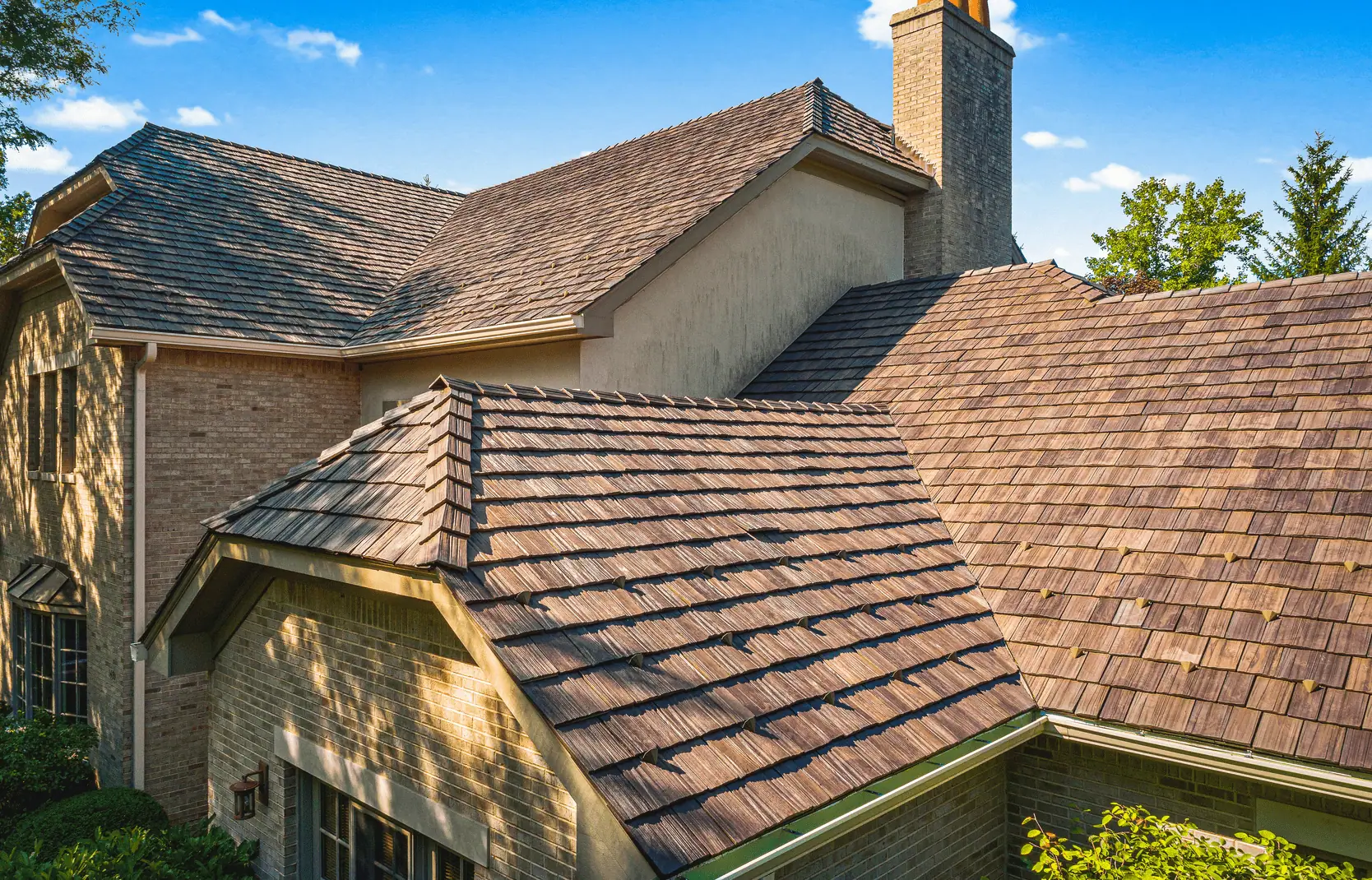Synthetic Roofing Tampa

Introduction
Synthetic roof repair refers to the process of fixing and maintaining roofs made from synthetic materials such as synthetic slate, shake, or tile. As synthetic roofing has gained popularity due to its durability and cost-effectiveness compared to natural materials, proper repair and maintenance techniques have become increasingly important for homeowners and roofing professionals alike. This article explores the various aspects of synthetic roof repair, including common issues, repair techniques, and considerations for DIY versus professional repairs.
Types of Synthetic Roofing Materials
Synthetic roofing materials are engineered to mimic the appearance of traditional roofing materials while offering improved durability and lower maintenance requirements. The most common types include:
- Synthetic slate: Made from recycled plastic and rubber, designed to resemble natural slate
- Synthetic shake: Typically composed of recycled rubber or plastic, mimicking the look of wood shakes
- Synthetic tile: Often made from polymer materials, replicating the appearance of clay or concrete tiles
- Other composite materials: Various engineered materials designed to offer specific benefits such as enhanced UV resistance or improved energy efficiency
Common Issues with Synthetic Roofs
While synthetic roofs are generally more durable than their natural counterparts, they can still experience issues over time. Some common problems include:

Cracking or Splitting
Synthetic roofing materials can develop cracks or splits due to extreme temperature fluctuations, impact damage, or natural aging processes. These issues can compromise the roof’s waterproofing capabilities if left unaddressed.
Discoloration
Exposure to UV rays and environmental pollutants can cause synthetic roofing materials to fade or discolor over time. While this is primarily an aesthetic concern, severe discoloration may indicate degradation of the material.
Wind Damage
High winds can lift or dislodge synthetic roofing tiles or shingles, particularly if they were not properly installed or have become loose over time.
Impact Damage
Hail storms or falling objects can cause dents, cracks, or punctures in synthetic roofing materials. While these materials are generally more impact-resistant than natural alternatives, severe impacts can still cause damage.
Leaks and Water Infiltration
Despite their water-resistant properties, synthetic roofs can develop leaks due to improper installation, damage to the roofing material, or deterioration of sealants and flashing.
Repair Techniques
Assessment and Preparation
Before beginning any repair work, it is crucial to:
- Identify the type of synthetic roofing material
- Inspect the extent of damage
- Clean the repair area thoroughly to ensure proper adhesion of repair materials
Patching and Sealing
For minor damage such as small cracks or punctures:
- Use synthetic roof repair kits designed for the specific type of roofing material
- Apply adhesive patches according to manufacturer instructions
- Seal small cracks and holes with appropriate roofing sealant
Replacing Damaged Sections
For more extensive damage:
- Remove damaged shingles or tiles carefully to avoid damaging surrounding areas
- Install new synthetic roofing materials, ensuring proper overlap and alignment
- Secure new materials using manufacturer-recommended fasteners and adhesives
Addressing Structural Issues
In cases where damage extends beyond the roofing material:
- Repair or replace damaged underlayment
- Address any issues with roof decking, such as rot or water damage
- Ensure proper ventilation to prevent future moisture-related problems
Tools and Materials for Synthetic Roof Repair
Common tools and materials used in synthetic roof repair include:
- Specialized adhesives and sealants compatible with synthetic materials
- Replacement synthetic shingles or tiles
- Safety equipment such as harnesses, non-slip shoes, and protective eyewear
- Pry bars, utility knives, and roofing hammers
- Caulking guns and applicators
Professional vs. DIY Repair
When to Call a Professional
It is advisable to hire a professional roofing contractor for:
- Extensive damage covering large areas of the roof
- Complex repairs involving multiple layers or structural components
- Situations where warranty preservation is a concern
- When proper safety equipment or expertise is lacking

Safety Considerations for DIY Repairs
If attempting DIY repairs:
- Use appropriate fall protection equipment
- Work with a partner for safety
- Avoid working in wet or windy conditions
- Be aware of power lines and other hazards
Preventative Maintenance
To extend the life of a synthetic roof and minimize the need for repairs:
- Conduct regular inspections, especially after severe weather events
- Keep the roof clean of debris and organic growth
- Address minor issues promptly to prevent them from escalating
- Ensure proper attic ventilation to reduce heat and moisture buildup
Environmental Considerations
Synthetic roofing materials offer several environmental benefits:
- Many are made from recycled materials and are recyclable at the end of their lifespan
- Proper maintenance and timely repairs can significantly extend the roof’s life, reducing waste
- Some synthetic roofing materials are designed to be more energy-efficient, potentially reducing heating and cooling costs
